Ziauddin Sardar - Introducing Islam: A Graphic Guide
Here you can read online Ziauddin Sardar - Introducing Islam: A Graphic Guide full text of the book (entire story) in english for free. Download pdf and epub, get meaning, cover and reviews about this ebook. year: 2014, publisher: Icon Books Ltd, genre: Religion. Description of the work, (preface) as well as reviews are available. Best literature library LitArk.com created for fans of good reading and offers a wide selection of genres:
Romance novel
Science fiction
Adventure
Detective
Science
History
Home and family
Prose
Art
Politics
Computer
Non-fiction
Religion
Business
Children
Humor
Choose a favorite category and find really read worthwhile books. Enjoy immersion in the world of imagination, feel the emotions of the characters or learn something new for yourself, make an fascinating discovery.
- Book:Introducing Islam: A Graphic Guide
- Author:
- Publisher:Icon Books Ltd
- Genre:
- Year:2014
- Rating:4 / 5
- Favourites:Add to favourites
- Your mark:
Introducing Islam: A Graphic Guide: summary, description and annotation
We offer to read an annotation, description, summary or preface (depends on what the author of the book "Introducing Islam: A Graphic Guide" wrote himself). If you haven't found the necessary information about the book — write in the comments, we will try to find it.
Islam is one of the worlds great monotheistic religions. Islamic culture, spanning 1,500 years, has produced some of the finest achievements of humanity. Yet the religion followed by a fifth of humankind is too often seen in the West in terms of fundamentalism, bigotry and violence- a perception that couldnt be more wrong. Introducing Islam recounts the history of Islam from the birth of Prophet Muhammad in the 6th century to its status as a global culture and political force today. Charting the achievements of Muslim civilisation, it explains the nature and message of the Quran, outlines the basic features of Islamic law, and assesses the impact of colonialism on Muslim societies. Ziauddin Sardar and Zafar Abbas Malik show how Muslims everywhere are trying to live their faith and are shaping new Islamic ideas and ideals for a globalised world.
Ziauddin Sardar: author's other books
Who wrote Introducing Islam: A Graphic Guide? Find out the surname, the name of the author of the book and a list of all author's works by series.




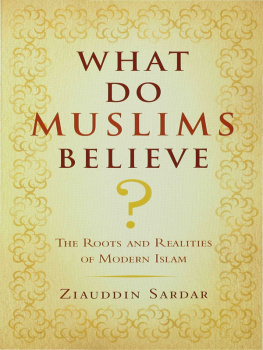






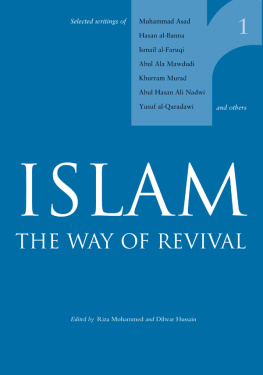


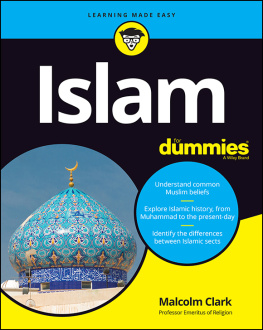




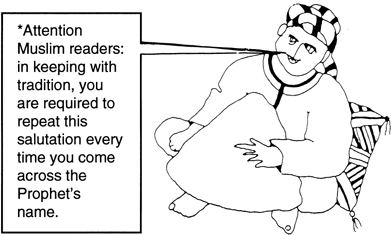

 570 CE: Prophet Muhammad was born in Makkah (aka Mecca), in the Arabian peninsula now called Saudi Arabia. His father, Abdullah, had died a few weeks before his birth. His grandfather entrusted him to a foster-mother, Halima, who looked after him during his infant years. When he was six, his mother died. Two years later, his grandfather also died. The young Muhammad was now looked after by Abu Talib, his paternal uncle. Abu Talib was a generous but poor man. So Muhammad had to earn his livelihood from a tender age he was thus unable to learn how to read or write.
570 CE: Prophet Muhammad was born in Makkah (aka Mecca), in the Arabian peninsula now called Saudi Arabia. His father, Abdullah, had died a few weeks before his birth. His grandfather entrusted him to a foster-mother, Halima, who looked after him during his infant years. When he was six, his mother died. Two years later, his grandfather also died. The young Muhammad was now looked after by Abu Talib, his paternal uncle. Abu Talib was a generous but poor man. So Muhammad had to earn his livelihood from a tender age he was thus unable to learn how to read or write.


 ne day, a trader from Yemen was cheated of his goods by a group of Makkans. When the trader asked for help, no one came to his support. So he wrote a satirical poem and recited it aloud for all to hear. When Zubair, one of Muhammads uncles, heard the poem he felt great remorse. He called a meeting of citys elders and established an order of chivalry with the declared aim of protecting the oppressed of the city, local inhabitants or foreign visitors. Young Muhammad became an enthusiastic member of this organization which was called Hilf al-fudul. Later he would say: I am not prepared to give up the privilege (of being a member) even against a herd of camels; if somebody should appeal to me even today, by virtue of that pledge, I shall hurry to his help.
ne day, a trader from Yemen was cheated of his goods by a group of Makkans. When the trader asked for help, no one came to his support. So he wrote a satirical poem and recited it aloud for all to hear. When Zubair, one of Muhammads uncles, heard the poem he felt great remorse. He called a meeting of citys elders and established an order of chivalry with the declared aim of protecting the oppressed of the city, local inhabitants or foreign visitors. Young Muhammad became an enthusiastic member of this organization which was called Hilf al-fudul. Later he would say: I am not prepared to give up the privilege (of being a member) even against a herd of camels; if somebody should appeal to me even today, by virtue of that pledge, I shall hurry to his help.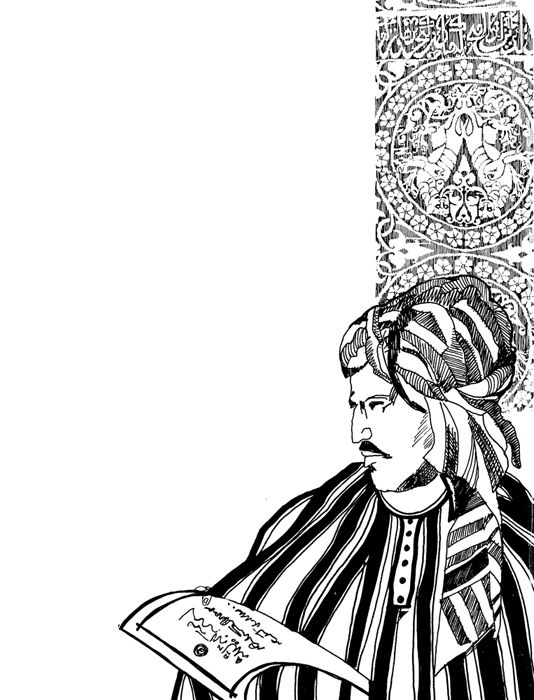
 uhammad often helped the inhabitants of Makkah to settle their disputes. Once, the Kaaba caught fire and was burnt to the ground. When it was rebuilt, all the tribes of Makkah took part in its construction. But when it came to fixing the sacred Black Stone in the wall, a quarrel arose amongst the Makkan leaders all wanted to have the honour of fixing the stone. Finally, they agreed to select a judge from amongst them and abide by his ruling. The judge was Muhammad; and his solution to the problem saved the honour of all concerned. He spread a white sheet on the ground, placed the Black Stone in the middle, and asked the tribal leaders of Makkah to hold the sheet and carry the stone to its site. Muhammad than fixed the stone in its place. It was his integrity, honesty and wisdom that earned Muhammad the title of Al Amin the trustworthy.
uhammad often helped the inhabitants of Makkah to settle their disputes. Once, the Kaaba caught fire and was burnt to the ground. When it was rebuilt, all the tribes of Makkah took part in its construction. But when it came to fixing the sacred Black Stone in the wall, a quarrel arose amongst the Makkan leaders all wanted to have the honour of fixing the stone. Finally, they agreed to select a judge from amongst them and abide by his ruling. The judge was Muhammad; and his solution to the problem saved the honour of all concerned. He spread a white sheet on the ground, placed the Black Stone in the middle, and asked the tribal leaders of Makkah to hold the sheet and carry the stone to its site. Muhammad than fixed the stone in its place. It was his integrity, honesty and wisdom that earned Muhammad the title of Al Amin the trustworthy.
 ne day, when Muhammad was 25, his uncle Abu Talib said to him: I am, as you know, a man of scanty means, and truly the times are hard. Now there is a caravan of your own tribe about to start for Syria, and Khadijah, daughter of Khuwaylid, is in need of the services of men of our tribe to take care of her merchandise. If you offer yourself for the enterprise, she would readily accept it. Muhammad replied: Be it as you say.
ne day, when Muhammad was 25, his uncle Abu Talib said to him: I am, as you know, a man of scanty means, and truly the times are hard. Now there is a caravan of your own tribe about to start for Syria, and Khadijah, daughter of Khuwaylid, is in need of the services of men of our tribe to take care of her merchandise. If you offer yourself for the enterprise, she would readily accept it. Muhammad replied: Be it as you say.